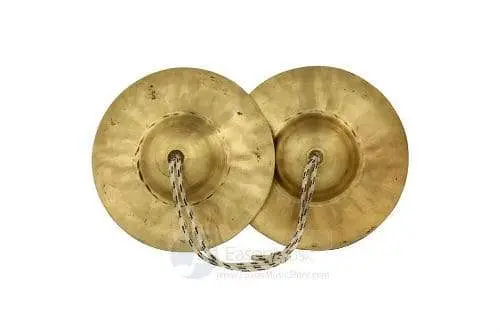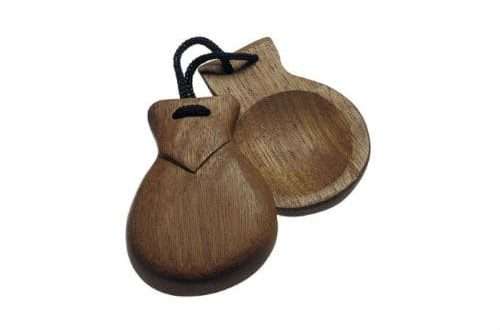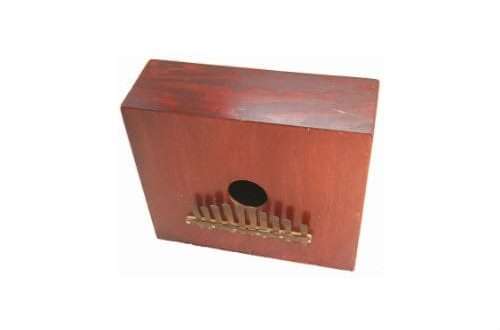
Cymbals: what is it, instrument composition, history, use
The Jews called it “ringing”, in temple orchestras playing it accompanied the reading of the Bible. It was also used in the ancient orgaistic rites of Dionysus and Cybele. The oldest percussion from the family of idiophones very quickly lost its purpose. In its place came the well-known copper plates.
What are cymbals
The ancient Romans tied two flat round fragments of bronze, one to each hand with animal skin cords. So they did not fall, did not slip out of the hands of the performer. Hitting the “kruglyashi” against each other, the musicians created a rhythmic pattern, accompanied by a sound effect. Cymbals were used both during rituals and for the entertainment of the public in taverns, at holidays.

History
The Romans actively moved to the East, conquering new countries, where percussion musical instruments were also widespread. Borrowing the cultural customs of other peoples, the Romans began to create entire ensembles of music performers on cymbals.
The percussion pair idiophone is one of the oldest in history. Museums in Europe store unique specimens obtained by archaeologists during excavations. Thanks to the durable metal used to create the cymbal, contemporaries can see the instrument not only in the pictures in the hands of mythological characters.
Ancient Roman circles became the progenitor of antique plates. They were introduced into musical culture by Hector Berlioz. The Jews used the ancient instrument in the church, expanding the sound of string ensembles.
Difference from other instruments of the family
You can’t call antique cymbals cymbals. These are different types of drums. The main difference is how each of them sounds. Cymbals have a pronounced ringing sound, high, clear ringing. They are mounted on racks, the round blades are hit with a stick. The Roman “relative” makes a dull sound, is held in the hands by straps.





